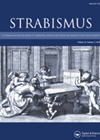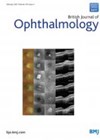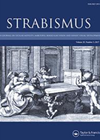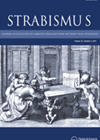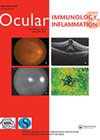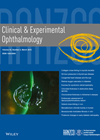
Journal Reviews
Survey of parental experience of contact lens support
In this study, the service under evaluation is for paediatric aphakia patients. Soft contact lenses (CLs) are inserted at the time of surgery and remain in-situ for the immediate postoperative period. The aim is for families to undertake daily CLs...
Effect of long-term RGP-CL wear on keratoconus progression
This is a retrospective study between April and December 2017, of 22 rigid gas-permeable contact lens (RGP-CL) patients (31 eyes) and 15 non-CL patients (20 eyes) who fulfilled the criteria of: 1) >3 years follow-up and 2) Scheimpflug-based corneal imaging...
Effect of long-term scleral contact lenses on corneal topography, tear film and impression cytology in keratoconus
This study of 16 keratoconus patients aimed to investigate the impact of long-term scleral contact lens (ScCL) wear on corneal curvature, corneal thickness, tear film function and ocular surface in patients with keratoconus. Corneal topography, tear osmolarity test, Schirmer 1...
Contact lenses for adults with infantile nystagmus
A pilot randomised controlled trial (RCT) was conducted to determine recruitment rates, acceptability of and adherence to treatment and adverse events along with change in best corrected visual acuity (BCVA) and nystagmus parameters from baseline to two weeks follow-up. The...
GP contact lenses in nystagmus
The purpose of this study was to quantify and evaluate the effect of rigid gas permeable contact lenses (CLs) on visual acuity, contrast sensitivity and motor parameters of involuntary eye movements in hyperopic patients with infantile nystagmus syndrome (INS). This...
Reducing myopia progression
This paper reports a literature review to discuss the environmental considerations and treatment options that can prevent the progression of myopia, including time spent outdoors, reduction of near vision activities, spectacle types, contact lens type and pharmacological treatment. The review...
Bandage contact lens cultures after corneal collagen cross-linking
Corneal collagen cross-linking (CCL) is a treatment modality that has been shown to stop the progression of keratoconus. There have also been reports that CCL acts as an antimicrobiologic agent in treating resistant microbial keratitis. This study aimed to investigate...
Twenty-four hour IOP patterns in patients with thyroid eye disease (OO/GL)
Elevated IOP in patients with thyroid eye disease (TED) can be caused by restriction and compression of the globe by enlarged extraocular muscles, elevated episcleral venous pressure and increased mucopolysaccharide deposition in the trabecular meshwork. Although previous studies have investigated...

